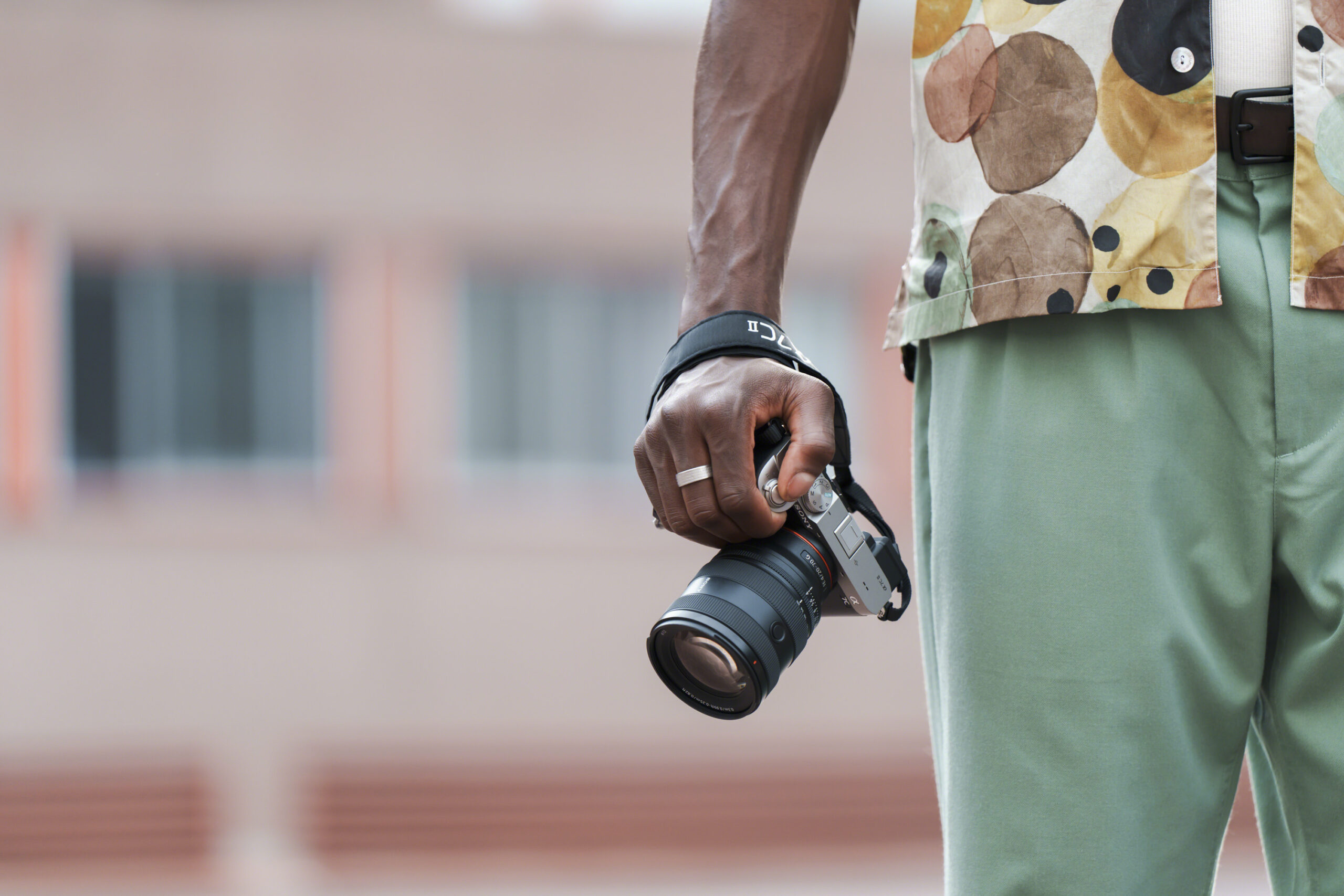Last Updated on 08/29/2023 by Hillary Grigonis
The Sony a7c is arguably the most un-Sony-like Sony — and yet that’s one of the reasons photographers are drawn to the small rangefinder design over the more modern-looking, pricier bodies. Once rumored to be slated for discontinuation, the Sony a7c II slams open the doors late to the party, but drawing every eye in the room. Photographers picking up the Sony a7c II will find a more refined version that solves many of the biggest complaints about the first generation. But, of course, tweaking the most significant downsides to what was once Sony’s most affordable current model full frame camera comes with a higher price point — and a few criticisms still outstanding.
Sony a7c II key upgrades
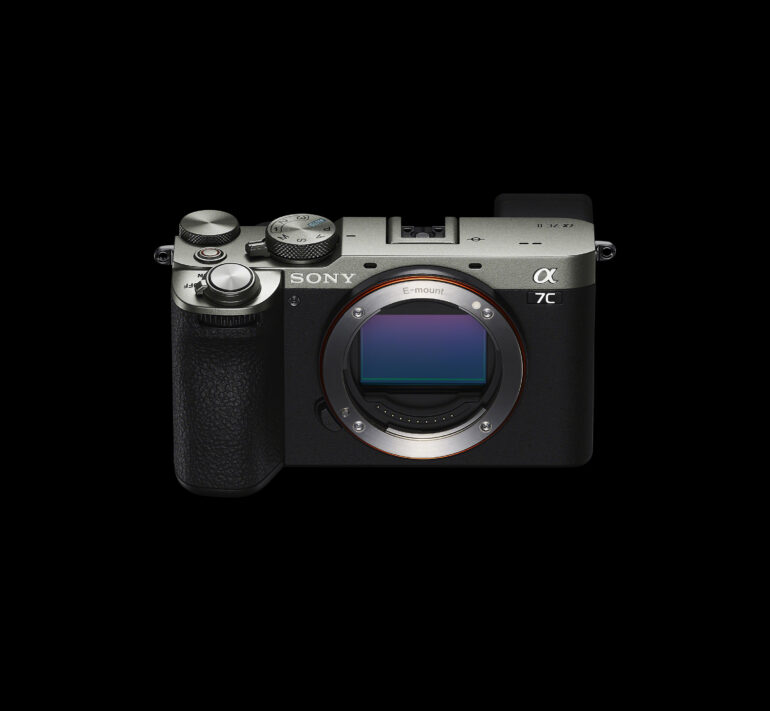
With three years between the first version and the second, Sony had a lot of time to make tweaks to the rangefinder-inspired body. And the list of changes is far from insignificant, including a new sensor and processor.
- The a7c II upgrades both the sensor and processor from the previous version. The sensor has upgraded from 24.2-megapixel full-frame to 33 while the processor is the BIONZ XR.
- The image stabilization system improves from 5.5 stops to 7.
- The a7c II has a processing unit dedicated to AI functions, including improved autofocus.
- Speed remains the same at 10 fps.
- The upgrade has an improved grip as well as a front dial.
- A new menu that’s touch-friendly.
- The electronic viewfinder has better brightness and resolution.
- Camera only: MSRP $2199.99 USD, $2999.99 CAN
- Camera w/ 28-60mm lens: MSRP $2499.99 USD, $3399.99 CAN
A dedicated processor for AI
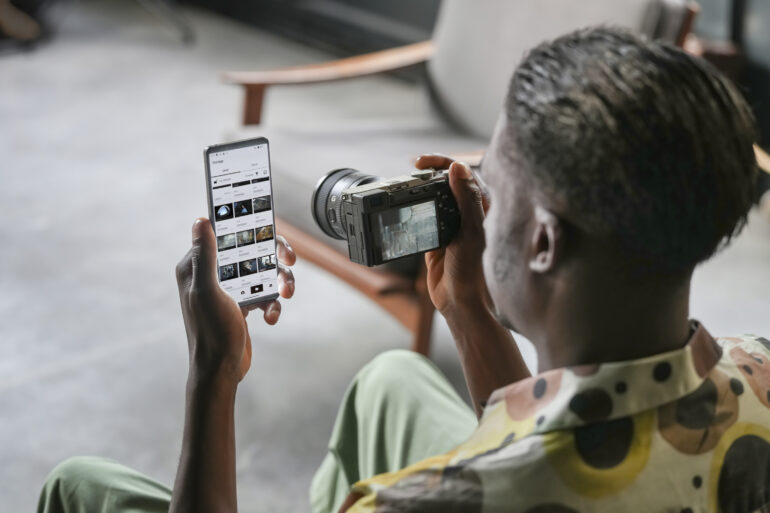
The Sony a7c II uses a processing unit dedicated exclusively to AI functions. The term AI might be even more of a controversial buzzword today than it was in 2020, but the original Sony a7c still had AI-based features like eye detection autofocus. But, by separating those computations to its own sensor, Sony says the camera is capable of not only recognizing more subjects but doing it faster.
Eye detection has improved by 60 according to Sony — in fact, Sony says the system doesn’t even need to see eyes. The camera is capable of tracking a human that is facing away from the camera, or wearing a helmet or mask, Sony says. The company even says that it can stay locked on a bride at a wedding in a group setting, with more accuracy over recognizing registered faces. Humans aren’t the only improvement, however. The autofocus will track animals beyond just dogs and cats and also works on insects, cars, trains, and planes.
But those features are hardly surprising coming from a Sony in 2023. What’s really intriguing is what Sony is calling Human Pose Estimation. The a7c II uses all that human-detecting technology to create more consistent color, exposure, and white balance. My biggest pet peeve in portrait photography is inconsistent skin tones. If AI can get rid of those ghost-like skin tones and sickly green tints, I’m here for it. But how good is it? And more importantly, is it just as accurate on darker skin tones? Those are questions that can’t be answered on spec sheets but with hands-on experience.
Still classic, but with an upgrade
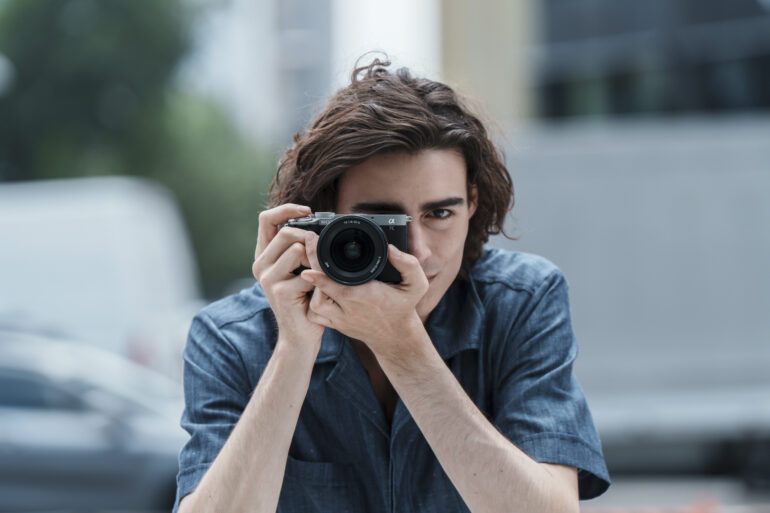
Some photographers specifically seek out classic camera designs. But the Sony a7c series is a bit odd in that it’s both classically inspired and entry-level. That means that the original was missing quite a few of the more high-end controls. The new Sony a7c II, sadly, still doesn’t have an autofocus joystick. But, the second generation very neatly crosses off a majority of the design complaints about the original.
The Sony a7c II has the front assignable dial that the original did not, along with a few new buttons like a dedicated movie record and a custom button. The grip is redesigned without making the camera overly large. The menu has been overhauled and is now touch-friendly. The only design complaint Sony didn’t touch is the lack of dual card slots and a joystick.
Those design changes and autofocus upgrades could be key in making the Sony a7c II appeal to more than just budget-conscious photographers. The classic design could also sway some users, as well as the size, which remains 45 percent smaller and 22 percent lighter than the Sony a7 IV.
Those upgrades come at a higher cost
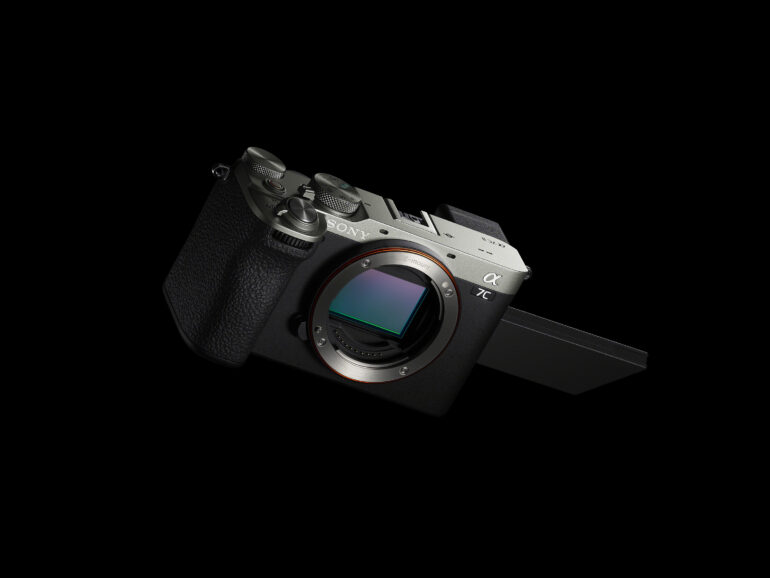
The second generation Sony a7c II crosses off several of the complaints about the original, including the autofocus, limited stabilization, and lack of advanced controls. But those changes do come at a cost. The original camera had a list price of $1,799, making it Sony’s cheapest full-frame without going to a discounted older body. The Sony a7c II is slated to sell for $2,299. It’s still one of Sony’s more affordable full-frame bodies alongside the vlog-focused ZV-E1. And the list of improvements is long enough many will pay a higher price. But the price jump isn’t insignificant either.


